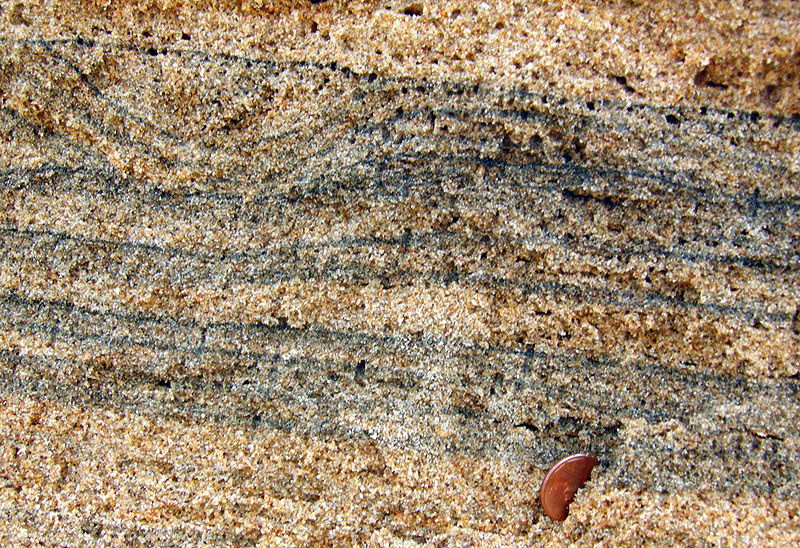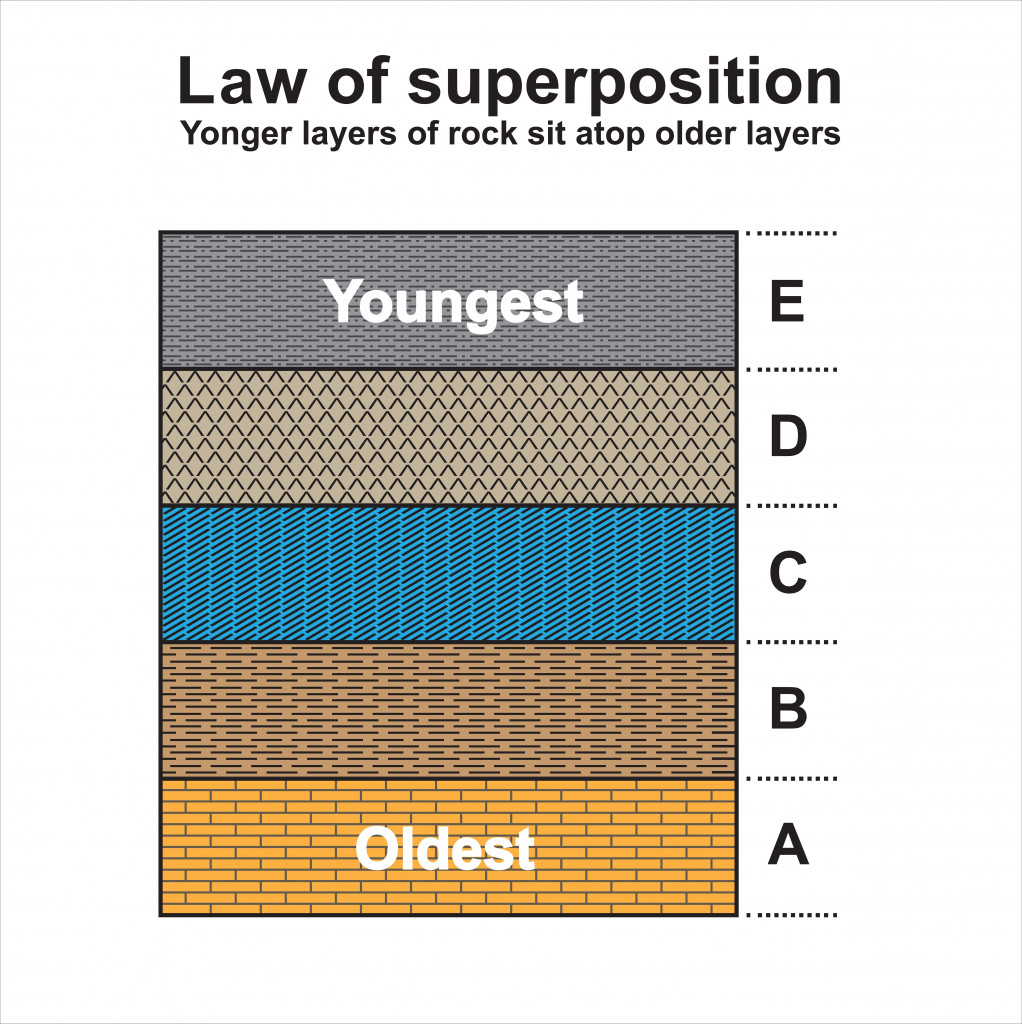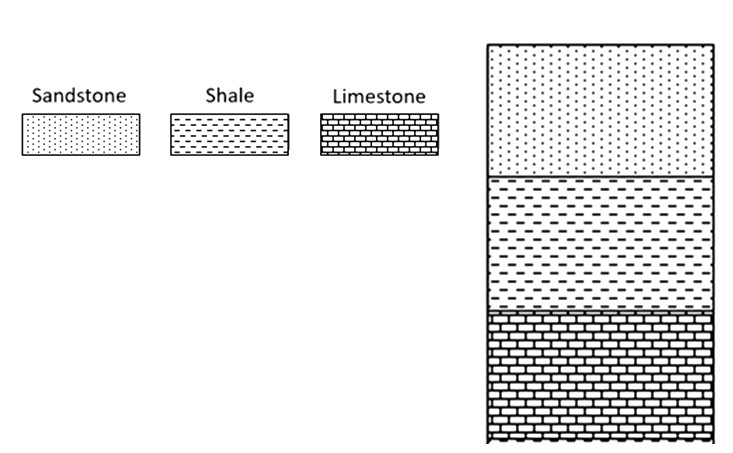Sedimentary rocks are layered on top of other rocks because of variations in particle size, texture or weight.
The geological layers of the earth carry both the history and present of our planet. From evidence of past climate conditions to information on the evolution of life, these rock layers have gems and secrets preserved deep within them. Over millions of years, many factors worked hand in hand to form these layers.
When rocks are deposited layer by layer, they are said to be stratified. Rock stratum commonly refers to the sequence of sedimentary rocks that cover the majority of the surface. These rocks are produced from fragments of earlier rocks that were eroded by wind or water. The fractured pieces undergo cementation, compaction, and recrystallization to form sedimentary rocks.
Rock strata are visibly distinguished from one another due to their different compositions. The detailed study of rock strata is called stratigraphy.
How Do The Rock Strata Form?
Nicholas Steno, a Danish scientist, researched the strata of sedimentary rocks in the sixteenth century. As per their respective weight or size, solid particles are known to separate from fluids. It is a common observation that the biggest or heaviest things fall to the ground first, while the lightest things fall later. The same is true for rocks.

Rock develops layers (also known as beds) as a result of variations in the size of particles or their compositions. Differences in the carrying capacity of a depositing agent, like water or wind, sort the strata according to relative homogeneity in terms of size, weight, and particle form. Stratification might also arise through breaks in sedimentation, which give the older deposits time to alter before new sediments cover them.
Therefore, a series of layers may appear as alternating fine and coarse particles, or as a series of color changes brought on by variations in mineral composition.
Also Read: How Is Soil Formed And How Many Layers Does It Have?
What Is The Basic Principle Of Understanding Rock Strata?
Sediments deposit by working their way layer by layer to the bottom. Thus, the lowest layer forms first. More and more sediment keeps being deposited in the succeeding strata. As a result, the deepest beds or layers in a sedimentary sequence are the oldest, as they were deposited the earliest.

Imagine a pizza. The base is prepared before spreading the sauces. This is followed by putting on your favorite toppings. When looking at a slice, anyone can infer that the base came first and the toppings were added later. Now, think of this in terms of rock layers.
The underlying idea is that as we move from the bottom to the top of a rock sequence, the layers get younger and younger. This fundamental rule of stratigraphy is known as the order of superposition.
How Does Rock Sequence Indicate An Environmental Change?
We can see that time and space are tightly linked in geology. Each sedimentary layer’s textures reveal the state of the local environment at the time the layer originated. The rock stratum with distinctive texture is referred to as a facies by geologists. In the event of an environmental shift, a fresh layer of sediment with a new texture will be added atop the previous layer. Through this procedure, a group of facies provides us with a historical account of environmental changes.
Let’s try to understand this better with the help of an example. The diagram depicts a series of three sedimentary rock types found under different conditions. Limestone is formed from the precipitation of calcium carbonate on the seafloor. Shale is a rock composed of fine clay particles. It indicates a relatively stagnant aquatic environment. Sandstone is usually attributed to a beach environment. Sand deposition takes place in slowly flowing water because sandstone has somewhat bigger grain sizes than other types of rock.

What can we deduce about sea level change from this strata? The texture of the uppermost (youngest) layer indicates deposition in shallow water, whereas the texture of the bottom (oldest) layer shows that it might be the bed of deep water. This rock formation possibly indicates a gradual decline in sea level.
There are places where strata have been distorted. The stratification preserves the history of previous motions of the Earth’s surface. It also allows for the understanding of geologic events and leads to useful outcomes, like the placement of mineral resources, oil reserves, and groundwater reservoirs.
Thus, studying the formation of the sedimentary rock sequence exposes much about the global environmental trends of the past, and can help us better prepare for the future.
Also Read: What Is The Geological Time Scale And How Is It Used?
How well do you understand the article above!

